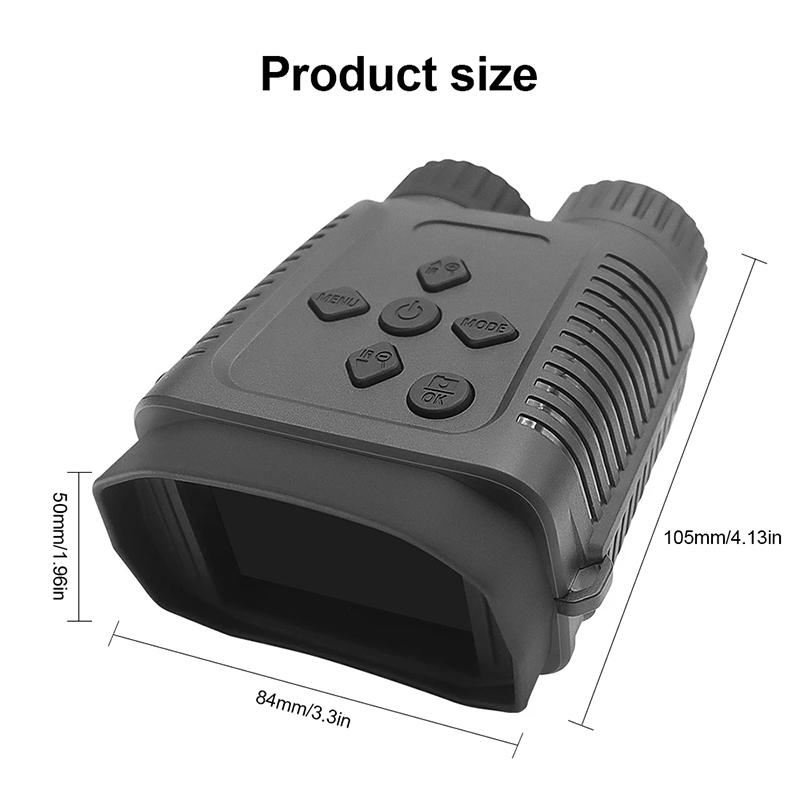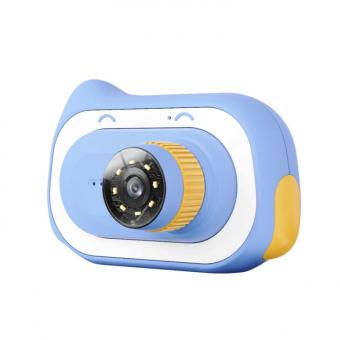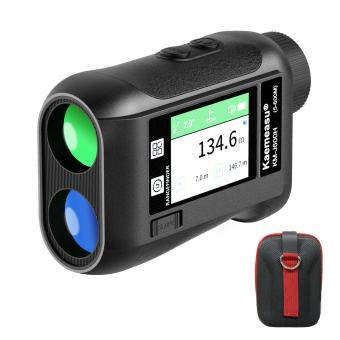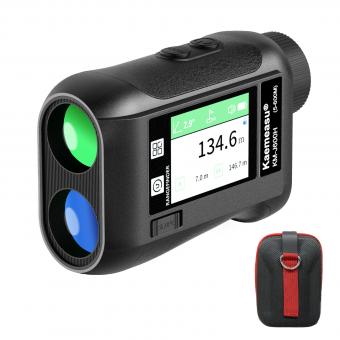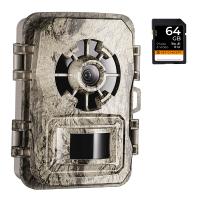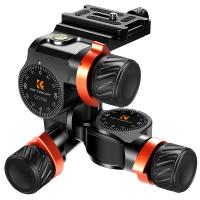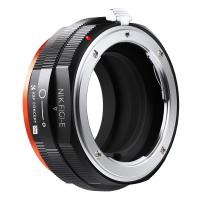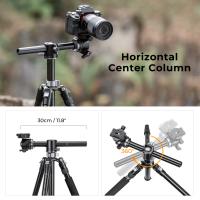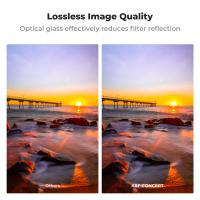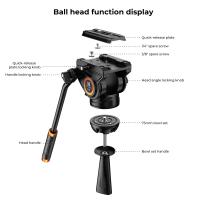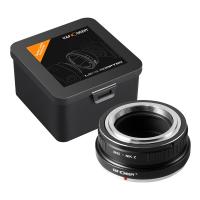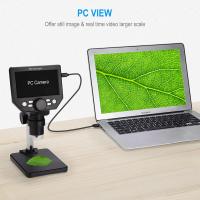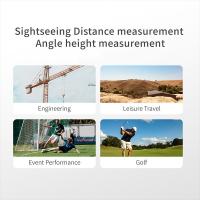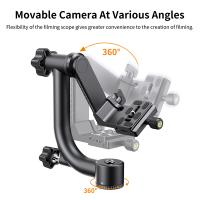What The Best Magnification For Binoculars ?
The best magnification for binoculars depends on the intended use and personal preference. For general purposes such as birdwatching or wildlife observation, a magnification of 8x or 10x is commonly recommended. Higher magnifications, such as 12x or 15x, can provide more detailed views but may be more challenging to hold steady without a tripod. It is important to consider factors like field of view, image stability, and brightness when choosing the appropriate magnification for specific activities.
1、 Optical Magnification: Determining the ideal level for clear viewing.
The best magnification for binoculars depends on various factors, including the intended use and personal preferences of the user. Optical magnification refers to the level of enlargement provided by the binoculars, and determining the ideal level for clear viewing is crucial for an optimal viewing experience.
In general, lower magnifications, such as 8x or 10x, are recommended for most outdoor activities like birdwatching, hiking, or sporting events. These magnifications provide a wider field of view, making it easier to track moving objects and reducing the shakiness caused by hand movements. Higher magnifications, such as 12x or 16x, are better suited for long-distance observations, like stargazing or wildlife observation from a stationary position.
However, it is important to note that higher magnifications also come with some drawbacks. As the magnification increases, the field of view decreases, making it more challenging to locate and track objects. Additionally, higher magnifications amplify hand movements, resulting in a shakier image. Therefore, it is crucial to use a tripod or image stabilization technology when using binoculars with higher magnifications.
The latest point of view suggests that the trend is shifting towards lower magnifications with wider fields of view. This is because users are increasingly valuing the ability to observe a larger area and easily track moving objects. Manufacturers are now focusing on improving the quality of optics and incorporating image stabilization technology to compensate for the lower magnifications.
Ultimately, the best magnification for binoculars depends on the specific needs and preferences of the user. It is recommended to try out different magnifications and consider factors such as intended use, field of view, and image stability to determine the ideal level for clear viewing.
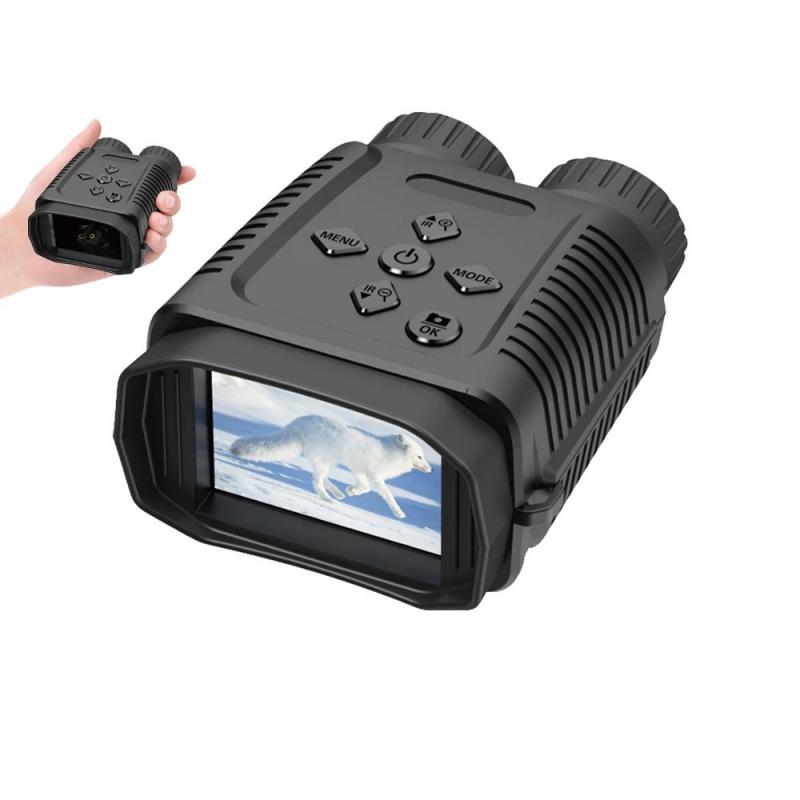
2、 Objective Lens Diameter: Balancing magnification with brightness and portability.
The best magnification for binoculars depends on various factors, including the intended use, personal preference, and the objective lens diameter. When considering the magnification, it is crucial to balance it with brightness and portability, as these factors greatly impact the overall performance of the binoculars.
Higher magnification may seem appealing as it allows for a closer view of distant objects. However, it also narrows the field of view and reduces the amount of light entering the binoculars. This can result in a darker image and a shakier view due to increased sensitivity to hand movements. Therefore, it is important to find a balance between magnification and brightness.
The objective lens diameter plays a significant role in determining the brightness of the image. A larger objective lens diameter allows more light to enter the binoculars, resulting in a brighter image. However, larger objective lenses also make the binoculars heavier and bulkier, which can affect portability.
In recent years, there has been a trend towards compact and lightweight binoculars with lower magnification and smaller objective lens diameters. These binoculars offer improved portability without compromising too much on brightness and image quality. For general outdoor activities such as birdwatching or hiking, a magnification of around 8x to 10x with an objective lens diameter of 25mm to 42mm is commonly recommended.
It is important to note that the "best" magnification for binoculars ultimately depends on individual preferences and specific use cases. Some users may prioritize higher magnification for detailed observations, while others may prioritize portability and ease of use. It is advisable to try out different magnifications and objective lens diameters to find the perfect balance for your needs.
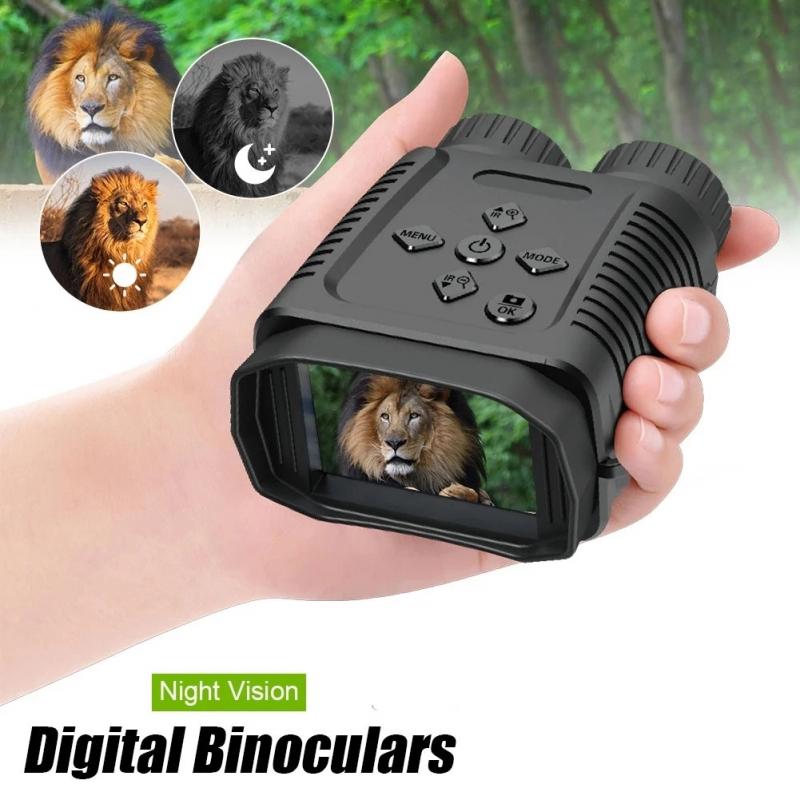
3、 Exit Pupil Size: Matching the exit pupil to the observer's eye.
The best magnification for binoculars depends on various factors, including the intended use, personal preference, and the observer's eye. However, one important consideration is the exit pupil size, which refers to the diameter of the beam of light that exits the eyepiece and enters the observer's eye.
Matching the exit pupil size to the observer's eye is crucial for optimal viewing experience. The exit pupil should ideally match the size of the observer's dilated pupil in low-light conditions. This ensures that the maximum amount of light entering the binoculars reaches the observer's eye, resulting in a brighter and clearer image.
To determine the exit pupil size, divide the objective lens diameter by the magnification. For example, if the binoculars have a 10x magnification and a 50mm objective lens diameter, the exit pupil size would be 5mm (50mm/10x = 5mm). In this case, the observer's pupil should dilate to at least 5mm for optimal viewing.
However, it is important to note that the human eye's pupil size varies depending on age and lighting conditions. In bright light, the pupil constricts, while in low light, it dilates. Therefore, it is recommended to choose binoculars with an exit pupil size slightly larger than the observer's dilated pupil size in low-light conditions.
It is worth mentioning that the latest point of view suggests that a larger exit pupil size may not always be necessary. With advancements in lens coatings and optical technologies, binoculars with smaller exit pupil sizes can still provide excellent image quality and brightness. Additionally, larger exit pupil sizes may result in bulkier and heavier binoculars, which may not be ideal for certain activities such as birdwatching or hiking.
In conclusion, the best magnification for binoculars is subjective and depends on individual preferences and specific use cases. However, matching the exit pupil size to the observer's eye, particularly in low-light conditions, is crucial for optimal viewing experience.
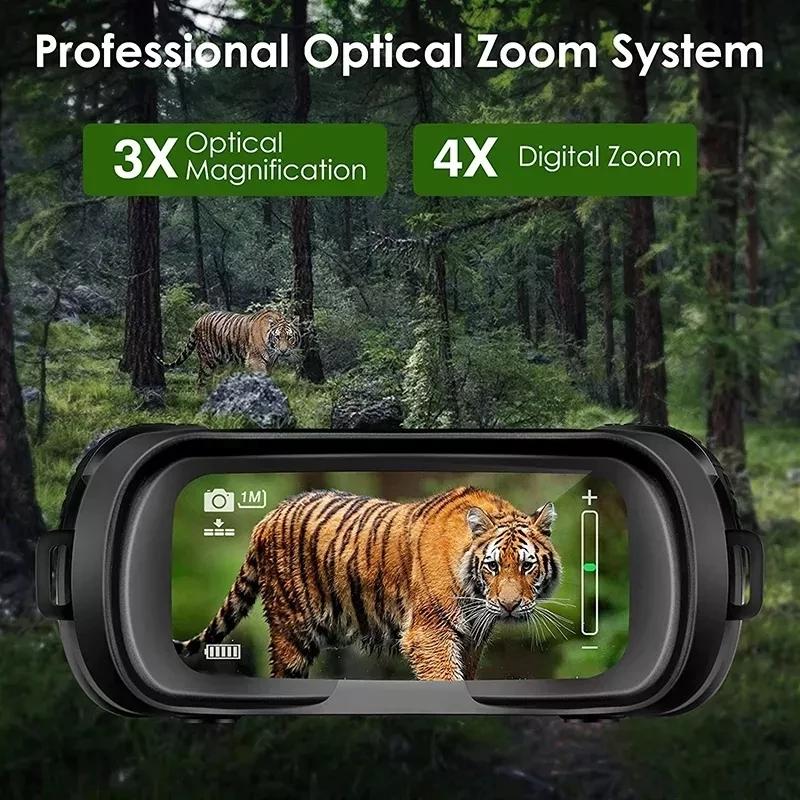
4、 Field of View: Considering the width of the observable area.
The best magnification for binoculars depends on various factors, and one of the important considerations is the field of view. Field of view refers to the width of the observable area when looking through the binoculars. A wider field of view allows you to see more of the surrounding area, making it easier to locate and track objects.
In general, lower magnification binoculars tend to have a wider field of view. This is because higher magnification binoculars typically have narrower fields of view due to the increased zoom. For example, binoculars with a magnification of 8x or 10x will generally have a wider field of view compared to those with a magnification of 12x or 15x.
However, it is important to note that the best magnification for binoculars ultimately depends on your specific needs and preferences. If you are primarily using binoculars for birdwatching or observing fast-moving objects, a wider field of view is generally more desirable. On the other hand, if you are interested in observing distant objects or details, higher magnification binoculars may be more suitable.
It is also worth mentioning that advancements in technology have led to the development of binoculars with wider fields of view even at higher magnifications. Manufacturers are constantly improving the design and optics of binoculars to provide users with a better viewing experience. Therefore, it is recommended to consider the latest models and advancements in the market when choosing binoculars.
In conclusion, the best magnification for binoculars in terms of field of view depends on your specific needs and preferences. A wider field of view is generally desirable for birdwatching and observing fast-moving objects, while higher magnification binoculars may be more suitable for observing distant objects or details. It is important to consider the latest advancements in binocular technology when making a decision.
